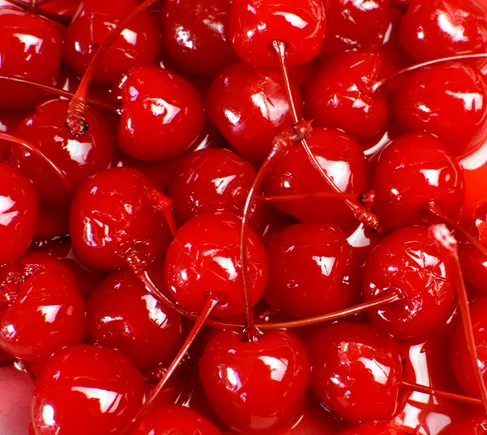The Food and Drug Administration (FDA) has made a significant decision to ban Red No. 3, an artificial coloring commonly used in candy, cereal, cakes, and other foods. This synthetic dye has been linked to cancer in rats when consumed in high doses. The FDA has given food manufacturers until January 15, 2027, to reformulate products that contain Red No. 3.
The use of Red No. 3 in food and beverages has been restricted more than 30 years after the FDA limited its use in cosmetics and externally applied drugs in 1990. The Center for Science in the Public Interest, along with 23 other organizations and scientists, petitioned the FDA to ban this coloring in food in 2022.
Red No. 3, approved for use in foods since 1907, is derived from petroleum and is known for its bright red hue. It is a popular coloring agent found in a wide range of products, including candy, sodas, baking decorations, dessert toppings, chewing gum, mints, cookies, and biscuits. The Environmental Working Group discovered that numerous brand-name food items contain Red No. 3, highlighting its widespread use in the food industry.
Despite the FDA’s statement that the way Red No. 3 causes cancer in male rats may not be applicable to humans, the agency cannot authorize a food additive or color additive that has been found to cause cancer in humans or animals under the Delaney Clause. Red No. 3 has already been banned in several countries, including Europe, where it is only permitted for use in certain cherries.
Consumer advocacy groups have long advocated for the removal of Red No. 3 from food products, citing health concerns, especially in children. The recent FDA decision to ban this coloring is seen as a significant victory for consumer health and safety. Many food companies have already started phasing out Red No. 3 due to consumer demand for clean-label ingredients and state-led initiatives to restrict its use.
The National Confectioners Association, representing chocolate, candy, gum, and mints, emphasized the importance of food safety and compliance with FDA regulations. While some industry groups have expressed concerns about state-led bans lacking scientific backing, the FDA’s decision to ban Red No. 3 underscores the agency’s commitment to ensuring the safety of food products consumed by the public.


